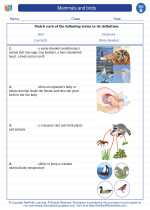Exploring the Topic of Craft
Craft is a broad topic that encompasses a wide range of activities and skills. It involves using materials to create objects that are both functional and aesthetically pleasing. It can include activities such as woodworking, sewing, pottery, and many others. Engaging in craft activities can help develop fine motor skills, creativity, and problem-solving abilities.
Types of Craft Activities
There are countless types of craft activities, each with its own unique set of skills and techniques. Here are a few examples:
- Woodworking: Crafting objects out of wood, such as carving or making furniture.
- Sewing: Creating clothing, accessories, or decorative items using fabric and thread.
- Pottery: Working with clay to create functional or decorative ceramic objects.
- Paper Craft: Creating art using paper, such as origami, paper mache, or card making.
- Knitting/Crocheting: Using yarn to create clothing, blankets, or other textile items.
Benefits of Engaging in Craft Activities
There are numerous benefits to engaging in craft activities, particularly for children. Some of these benefits include:
- Development of Fine Motor Skills: Many craft activities require precise hand movements, which can help improve dexterity and coordination.
- Encouraging Creativity: Crafting allows individuals to express themselves and explore their imagination.
- Problem-Solving Skills: Figuring out how to assemble or create something from raw materials can help develop critical thinking and problem-solving abilities.
- Stress Relief: Engaging in craft activities can be a soothing and relaxing experience, reducing stress and anxiety.
Study Guide
Here are some key questions to consider when studying the topic of craft:
- What are some common materials used in craft activities?
- How does engaging in craft activities benefit cognitive development?
- What are some historical or cultural examples of traditional craft practices?
- How can craft activities be integrated into educational settings?
- What are some modern innovations or technologies impacting the world of craft?
By exploring these questions and engaging in hands-on craft activities, students can gain a deeper understanding of the significance of craft in human culture and society.
[Craft] Related Worksheets and Study Guides:
.◂Science Worksheets and Study Guides Second Grade. Mammals and birds

 Activity Lesson
Activity Lesson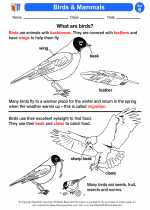
 Worksheet/Answer key
Worksheet/Answer key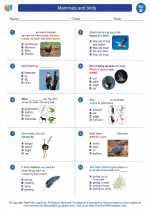
 Worksheet/Answer key
Worksheet/Answer key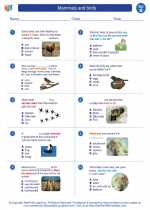
 Worksheet/Answer key
Worksheet/Answer key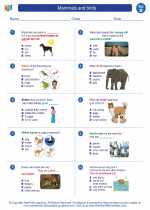
 Worksheet/Answer key
Worksheet/Answer key
 Vocabulary/Answer key
Vocabulary/Answer key